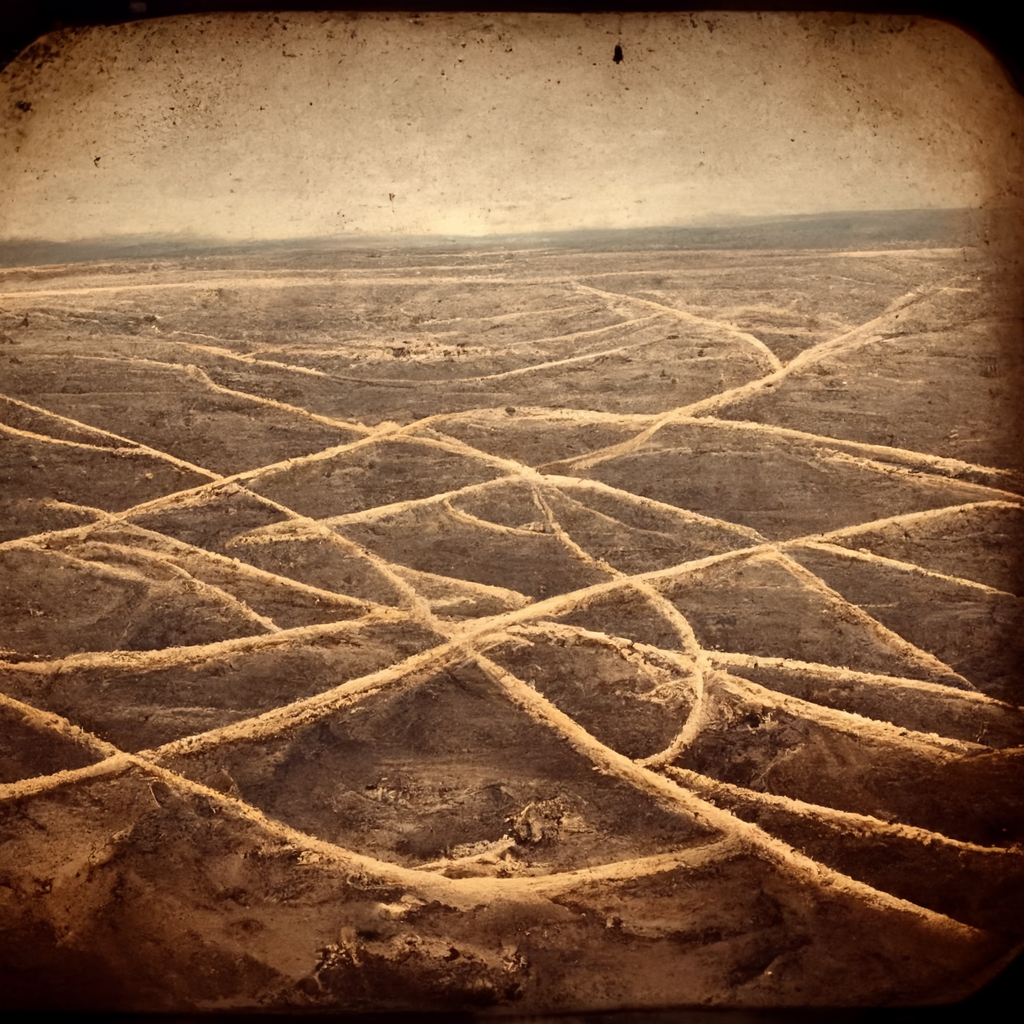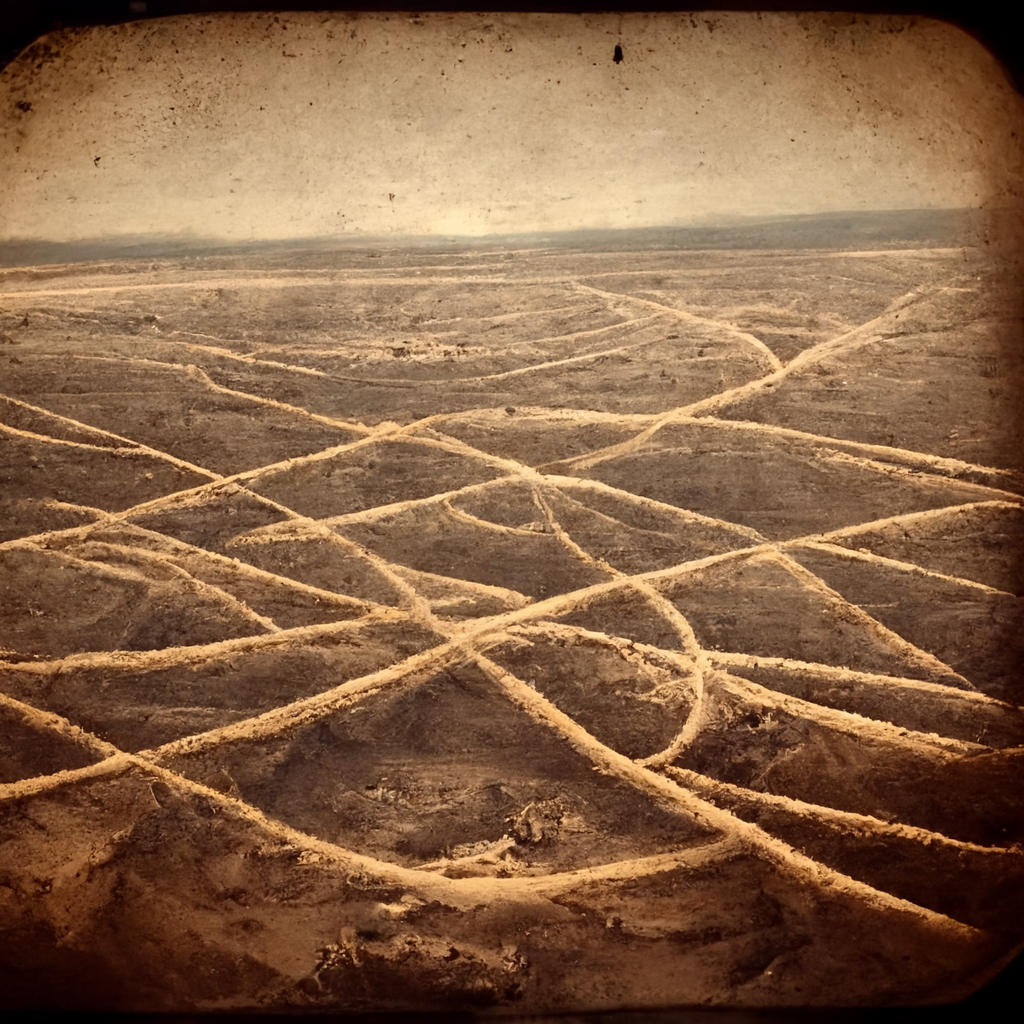
Desert of Southern Peru
Greetings, we welcome you to the mysterious world of the Nazca Lines. Located in the arid desert of southern Peru, these enormous geometric shapes and animal figures have puzzled scientists and archaeologists for decades.
By The Nazca People
The Nazca Lines were created by the ancient Nazca civilization, which flourished in this region from around 200 BC to 600 AD. The lines were made by removing the top layer of reddish-brown iron oxide-coated pebbles to reveal the whitish-gray ground beneath.
There are over 800 straight lines, 300 geometric figures, and 70 animal and plant designs etched into the ground, some stretching for miles. The lines are so precise and straight that they can only be fully appreciated from the air. It is believed that the Nazca people created the lines by using simple tools and surveying techniques.
But the real mystery lies in the purpose of the Nazca Lines. Many theories have been proposed, including that they were used for astronomical observations, as a form of communication with the gods, or as a way to mark underground water sources. However, there is no concrete evidence to support any of these theories.
“Desert Pavement”
One interesting theory is that the Nazca Lines were created as a form of “desert pavement,” or a flat surface created by the wind blowing away loose materials, in order to make it easier for the Nazca people to travel through the desert. This theory is supported by the fact that the lines are found on the flattest parts of the desert, and that the straight lines often lead to natural resources such as water sources.
Another theory suggests that the Nazca Lines were used for ritual purposes, with the various animal and plant figures representing different gods and deities. The Nazca people may have performed ceremonies and sacrifices on or near the lines in order to communicate with the gods and ask for their blessings.
Mystery Purpose
Despite the many theories, the true purpose of the Nazca Lines remains a mystery. The Nazca civilization left no written records, and the lines have been largely preserved due to the dry desert climate. As we stand on the edge of this ancient puzzle, we can only wonder at the ingenuity and purpose of a civilization that created such a mysterious and enduring legacy.

